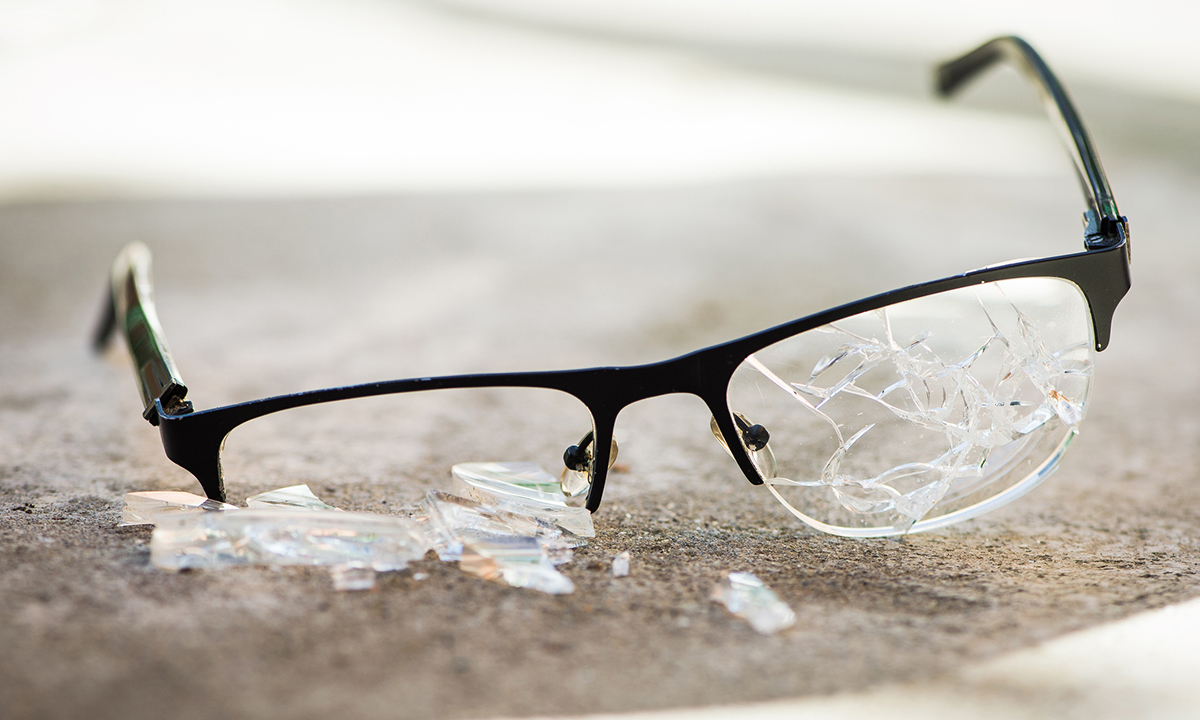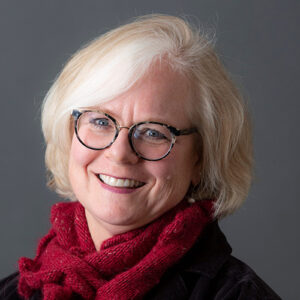Why Are Schools Comfortable Accepting Failure for Students with Disabilities?
Flink & Rhim: If you were asked to take your glasses off at the start of class, it would seem outrageous. That is how schools treat neurodiverse kids.

Get stories like this delivered straight to your inbox. Sign up for The 74 Newsletter
Schools have come a long way in addressing the needs of students with disabilities. That includes the large subsection of youth who identify as neurodiverse with diagnoses like ADHD, dyslexia and dyscalculia. As two leading advocates for folks who learn differently, we remember when it was not uncommon for students with disabilities to be openly ostracized in the classroom. One of us clearly remembers being forced to work in the hallway apart from our peers.
But while things have improved, they’re far from perfect. It’s 2023, and we’ve heard versions of this sentence far too often from administrators across the country: “All our test scores are great, except for the students with disabilities.” The casualness with which this statement is made is both astounding and insulting — and unfortunately, backed up by data: When the pandemic hit, polls in California and New York revealed that only about a quarter of schools reported providing instructional services for students with disabilities. What’s more, advocacy groups representing school and district administrators lobbied to waive the Individuals with Disabilities Education Act (which requires schools to provide special education) when classes went remote, implicitly signaling that teaching students with disabilities was not a priority.
Why are we as a society accepting failure for an entire group of students?
Students with ADHD, dyslexia or any other disabilities are not destined to fail. In fact, a study from the University of Minnesota found that 80% to 85% of children who qualify for special education can achieve the same results as their neurotypical peers if given the right instruction and accommodations. So why isn’t this happening? The cause behind the acceptance of subpar success rates for neurodiverse students is an ableist culture that still influences schools’ educators and administrators.
What if a teacher asked you to take your glasses off at the beginning of class? It would seem like an outrageous request. Yet that is precisely the attitude with which neurodiverse students are treated. Until a Houston Chronicle investigation exposed the truth in 2016, for 12 years, the Texas Education Agency had imposed an arbitrary cap on special education eligibility, discouraging schools from having more than 8.5% of students eligible for services. This resulted in thousands of children being deprived of help they needed. The national average at the time was 12%.
Just this year, lawmakers in Oklahoma introduced a bill that would have allowed corporal punishment explicitly for students with disabilities. And one of us recently visited a school in northern California where kids were barred from recess until they memorized certain words. After years of isolation brought on by the pandemic, the last thing a school should do is tie socialization to memorization of words, which can be extraordinarily difficult for students with learning disabilities.
Such ableist practices in schools don’t exist in a vacuum: They represent an entire society that sees disability as a sign of weakness, stupidity or, worse, something generating pity. Just recently, one of us received an email that ended by apologizing for the long message because, “I know you’re a poor reader.” The writer meant well, but the idea that having dyslexia makes people poor readers paints them as incapable of reading a simple email — as if we haven’t read hundreds of them before. We can’t tell you the number of times we have both been commended for doing such important work for “those” kids. Society is entirely too comfortable othering and perpetuating low expectations for students who are neurodiverse.
Creating an education system where all students are set up for success means rejecting the plague of ableism. Thankfully, work is being done to make a difference. The nonprofit Eye to Eye has chapters in 23 states that match middle schoolers with high school- and college-level mentors with similar neurodiverse identities to show them there is a pathway to success. Eye to Eye also trains teachers to support neurodiverse students’ learning needs. The Center for Learner Equity advocates to ensure that students with disabilities can readily access charter schools and works with local partners in urban districts such as Camden, New Jersey; Denver; New Orleans, and Newark to eliminate systemic barriers. There is also far more neurodiverse representation in popular culture, such as the long-running Grey’s Anatomy and the new ABC show Will Trent, than there used to be.
Our organizations work to create a culture of understanding in public education, but ultimately, change must come from the top. That’s why students who learn differently go to Washington, D.C., every year to advocate for changes that will make learning more equitable. Last year, they succeeded in convincing legislators of the importance of the RISE Act, which would let students transfer their accommodations from high school to college without having to reapply. Unfortunately, Congress has not passed that bill, and while lawmakers have increased funding for IDEA, it still does not have the full support for special education envisioned when it was introduced in 1975.
When leaders in D.C. and schools take disabilities as seriously as parents and their children do, educators can create an environment where one child’s failure cannot be shrugged off or accepted. Students who learn differently are destined to fail only if they are put in a system where that is expected.
Get stories like these delivered straight to your inbox. Sign up for The 74 Newsletter

;)

